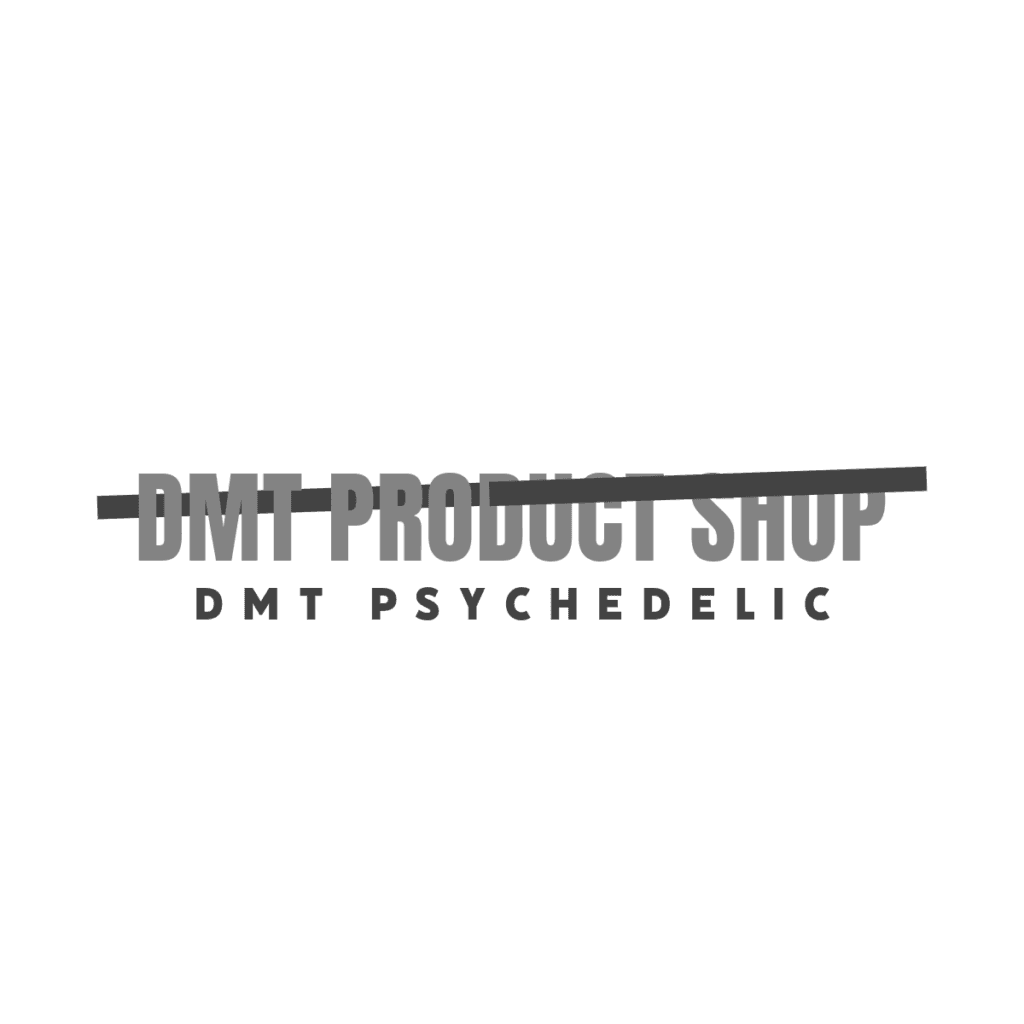Uncategorized
Portals of Vapor: The DMT Vapes That Opened Doors to Everything—and Nothing
In the neon-soaked haze of a near-future society, where every desire is one click away and the boundary between mind and machine is paper-thin, a new product hit the underground markets: the “Lucid DMT Vape.” At first glance, it looked no different from any of the countless e-cigarettes populating the cityscape—sleek, metallic, inconspicuous. But its effects? Entirely unlike anything that had ever existed.Users described their experiences as “dimensional slips”—not just trippy visuals or emotional floods, but full-body, multisensory leaps into alternate realities. Fifteen minutes in real time became days elsewhere. They returned dazed, euphoric, sometimes terrified, often transformed. The high had a cult following. But was it really just a high?A Curious Mind in a Curious TimeDr. Alina Sorell, a neurobiologist turned tech ethicist, had spent years studying consciousness through fMRI data, neural lace interfaces, and brainwave manipulation. When she first heard about the vape through a graduate student’s hushed whisper, she was skeptical. But after her own test inhale, skepticism gave way to something else entirely.She found herself standing in a radiant metropolis not made by human hands—crystalline towers humming with harmonious frequency, sentient light patterns floating like jellyfish, and beings who communicated through emotions rather than language. It was breathtaking. Perfect.And then she was back.Fifteen minutes. Her heart still racing. Her perception shattered.It wasn’t a hallucination. It couldn’t be. The experience had structure, meaning, rules. She had learned things there. She’d brought back a melody that defied musical theory but fit perfectly into equations describing quantum behavior. The trip was more than neurochemical noise—it was a gateway.The Lure of UtopiaWord spread. Scientists, spiritual seekers, escapists, and tech billionaires all wanted in. For the first time in history, humanity had a tool to visit other versions of reality—without massive machinery, just a small handheld device and a lungful of vapor.In some realities, users found endless peace. Cities that solved climate change, societies that overcame war, post-scarcity civilizations where creativity and love were the currencies. The vape offered not just a rush, but hope.Politicians even proposed programs where the vape could be used for psychological therapy, trauma recovery, or even rehabilitation of prisoners. Why waste decades reforming someone when they could step into a better world for a week and return changed?The world stood on the brink of utopia—or so it seemed.The Cracks Beneath the SurfaceDr. Sorell’s obsession grew. She began charting the worlds, attempting to stabilize the transition between dimensions. But with each new visit, she noticed things. Not all realities were pleasant. Some were distorted reflections of our own—dystopian wastelands ruled by AI gods, post-human societies where emotions were illegal, or dreamscapes where the environment itself was alive and hostile.Worse yet, some travelers didn’t come back.One user returned speaking in an unknown language, drawing impossible symbols in ash, refusing food or water. Another came back completely changed—emotionally flat, obsessed with recreating the “perfect” world they’d seen, willing to destroy their own to do so.And then there were the reports of bleed-through. People in the real world catching glimpses of alternate selves. Echoes of voices not yet spoken. Impossible architecture flickering in peripheral vision.Reality, it seemed, was fraying.The Cost of Shortcutting EvolutionThe vape hadn’t been engineered by scientists—it was synthesized by an anonymous dark web chemist, using molecules unknown to modern pharmacology. Some believed the substance wasn’t created but received, downloaded from another plane.What disturbed Dr. Sorell most was the pattern: the more humanity used the vape to escape, the less they cared to fix their own world. Social systems decayed. Depression rates paradoxically rose. Suicide cults formed, believing the vape was the real path to salvation.The allure of better versions of life had made this one unbearable.“Why fix what’s broken,” people began to ask, “when perfection is just a puff away?”One Final TripDetermined to understand the root of the phenomenon, Dr. Sorell modified the vape. She stabilized the compound, linked it to an AI monitoring system, and made one final journey. This time, she wasn’t yanked into one of the constructed dimensions.She met Them.Not gods, not aliens, not simulations—but beings older than time, entities that lived in the infinite void between possibilities. They had seen countless civilizations like ours, all finding ways to pierce the veil—and all making the same mistake: mistaking access for ownership.“You were not meant to see,” one said. “And now, you must choose.”Dr. Sorell returned changed. She published her findings, warned the world. But it was too late. The vapes were everywhere. Entire cities operated on schedules synced to “trip windows.” Nations collapsed. Others enforced vape bans with deadly force.And through it all, the lines between worlds grew thinner.Reality or Vapor?Today, nobody’s certain which version of Earth we’re on. Maybe we’re in one of the good ones. Maybe this is just a simulation of a better place projected by our damaged minds. Or maybe—we’re already lost, still breathing vapor, still dreaming.The Lucid DMT Vape promised a shortcut to everything we desired. It delivered. But in doing so, it asked a question we weren’t ready to answer:What happens when reality is just one option among many—and none of them are home?
